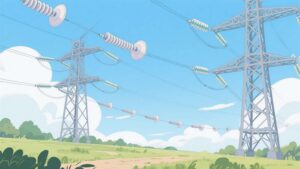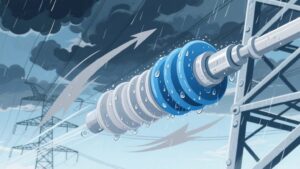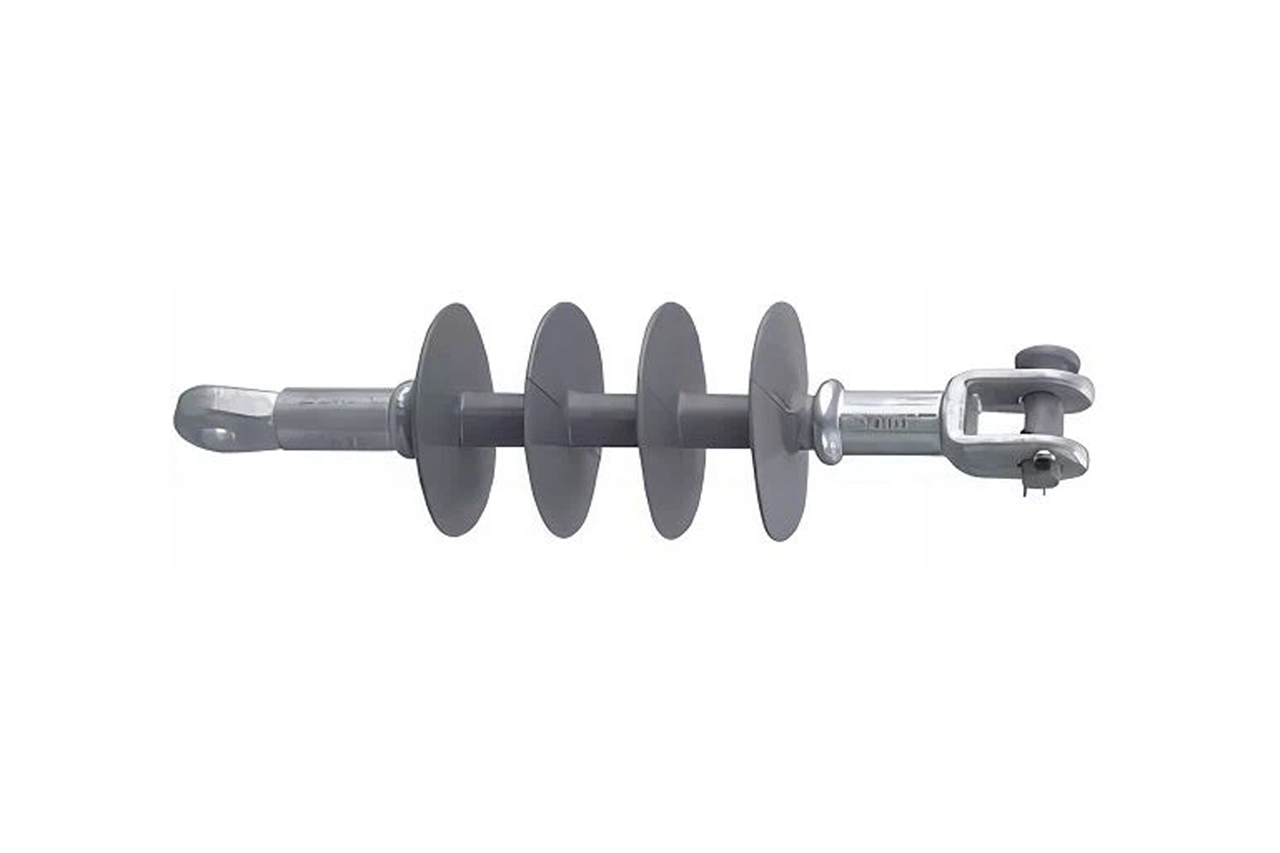I. The Challenge: How Wind Sabotages Power Lines
In storm-prone regions (coastal typhoon zones, northwestern wind tunnels), transmission systems face twin threats:
Conductor Galloping: Jumpers sway violently in wind, reducing air clearance and causing flashovers (>70% of wind-related grid failures).
Shed Fracture: Traditional composite insulator sheds tear at roots under wind-induced oscillation—a crisis witnessed in Xinjiang’s “30-mile wind corridor” where 750 kV lines failed en masse within one year.

Three structural innovations define windproof insulators:
1. Reinforced Core Rod System
Material: Epoxy-impregnated alkali-free fiberglass rod, with >1 million fibers in an Φ18 mm rod.
Performance: Tensile strength >600 MPa (3x steel), combining elasticity + fatigue resistance to withstand wind torque.
2. Aerodynamic Shed Optimization
| Parameter | Conventional Shed | Windproof Shed |
|---|---|---|
| Root Connection | Right-angle | Large-radius chamfer (+40%) |
| Surface Profile | Downward cone | Symmetrical hyperboloid |
| Thickness Distribution | Uniform | Root-to-tip gradient (stress-diffusing) |
3. Anti-Galloping Hardware
T-type/D-type brackets rigidly fix jumpers to tower cross-arms, eliminating swing.
100+ ton crimped end-fittings prevent rod-metal interface slippage.
III. Wind-Defying Mechanisms: From Fluid Dynamics to Material Science
Vibration Suppression:
Symmetric sheds equalize wind pressure distribution, eliminating vortex-induced vibration.
Wind tunnel tests: Critical vibration-initiating wind speed reaches 32 m/s at 50° attack angle (vs. 18 m/s for conventional).
Fatigue Resistance:
Large root chamfers reduce stress concentration by 60%, paired with silicone rubber’s weatherability (no degradation after 5,000h accelerated aging).
Pollution Flashover Prevention:
Hydrophobicity transfer of silicone rubber maintains insulation despite contamination (flashover voltage 140 kV at 0.6 mg/cm² salt density—3x porcelain insulators).

Space Efficiency:
Weight: 1/7 of ceramic insulators; width reduced 50%, ideal for cramped tunnels/towers.
Extreme Environment Proven:
Validated at 50 m/s winds (Category 5 typhoon), deployed in Tibet (5,000m altitude) and East China Sea coast.
Lifecycle Economy:
Zero cleaning/zero-value detection, slashing maintenance costs by 90%.
Post-retrofit data from Guangzhou Metro Line 3: Galloping failure rate dropped from 18% to <2%.
V. Future Evolution: Smart & Sustainable
Eco-Insulation: SF6/N₂ gas mixtures replacing silicone rubber (Patent WO2014086314A1).
Sensing Integration: Vibration sensors + AI algorithms predict micro-cracks (piloted in Xinjiang 750 kV lines).
Self-Cleaning: Wind-driven cleaning rings auto-remove contaminants (Patent CN103151121A).
Epilogue
The composite windproof insulator—taming gales with its flexural core rod and quelling turbulence via symmetrical sheds—stands as a silent guardian in wind corridors. From desert storms to coastal typhoons, it embodies the fusion of material science and fluid intelligence: Where raging winds pass, city lights endure.




